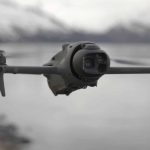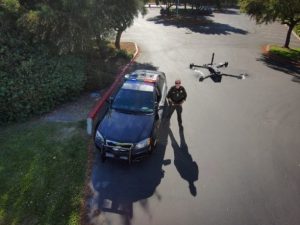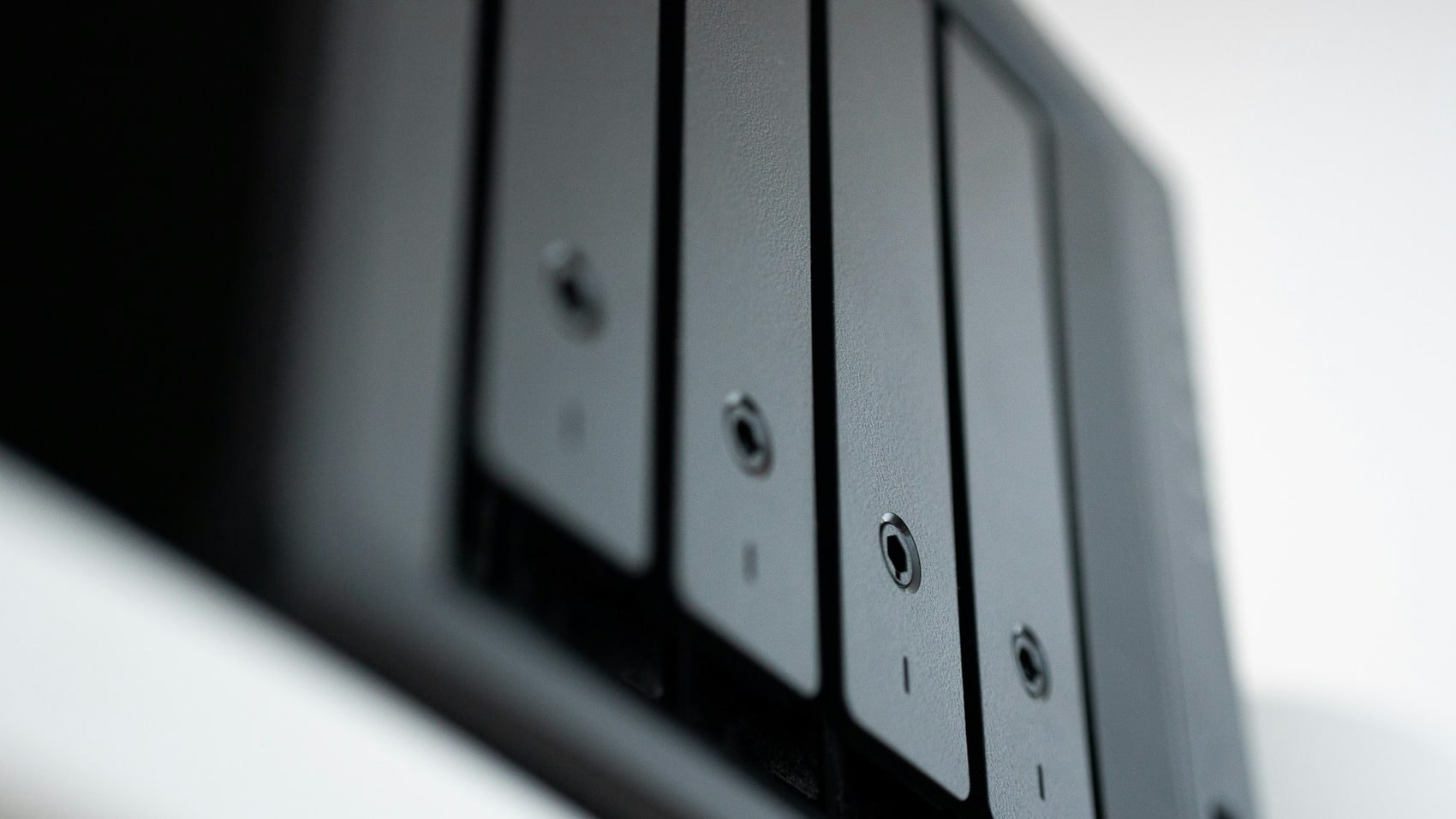The Never-Ending Need for More Storage When You Fly Drones
Hello fellow pilots! Are you prepared for an increase in your storage requirements? It appears that more space is becoming essential. My journey in photography began in 1997 when my father purchased the original Sony Mavica, which was revolutionary for its time as it used 3.5″ diskettes instead of film. My own camera at the time used traditional 35mm film.

The physical storage back then was a necessity, with my father likely still holding many diskettes filled with memories that need organizing. Each diskette could hold around 20 to 30 low-resolution images; the highest resolution back then, 1024 x 768 pixels, was favorable among many.
Fast forward to 2007, I got my first DSLR, the Nikon D70, which took stunning 6.1 megapixel photos and allowed me to store countless images, many of which still linger on old hard drives today. Over the years, I upgraded to models like the D200, D300, D700, and eventually, the high-performance D4.

Pictures vs. Video Storage
When I transitioned from capturing photographs to video, the storage demands became even more apparent. The raw files from my D70, with each file averaging about 5 MB, added up quickly when I shot hundreds of thousands of images over the years.
In 2017, my aerial photography took a new turn after I acquired the DJI Mavic Air. At that time, I was completely unaware of its 4K video capabilities, leading to an unexpected shift in my creative direction. As I began experimenting with drone videography, I soon realized my storage needs would significantly increase.

Every raw photo I shot allowed a conversion to a smaller JPG for storage efficiency, however, video files varied so much in bitrate that it quickly drained my storage. Unlike photos, editing video consumes significantly more storage space and processing time, which required bigger drives sooner than anticipated.
RAID Solutions
With advancements in technology, newer cameras deliver higher quality footage with each iteration. For example, the DJI Mavic 2 Pro and Air 2S produce breathtaking footage that can exceed high bitrates, demanding even further storage solutions. My current setup boasts over 35 TB across eight hard drives, still relatively modest compared to storage-intensive professionals who build their own RAID systems.

Recently, the DJI Mavic 4 Pro was released with a H.264 All-Intra Codec recording at a staggering 1200 Mbps. Just one second of that quality consumes a whole 1.2 GB of storage space!
Storage Solutions for Drone Videographers
Here are a few solutions I recommend for managing storage:
- Cull Material: Not every file needs to be saved.
- Use Long-Term Storage Drives: Utilize larger drives for backups that you won’t access regularly.
- YouTube Backup Strategy: Consider uploading videos as private on YouTube for free storage, though keep in mind the compression it may introduce.

Have you faced storage issues while recording or working on drone projects? Share your experiences in the comments below!













